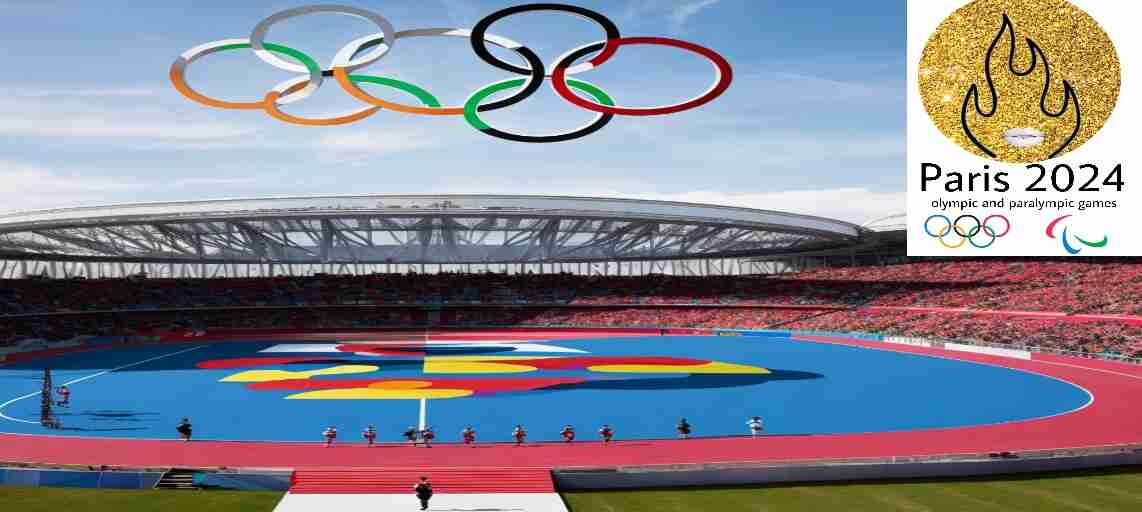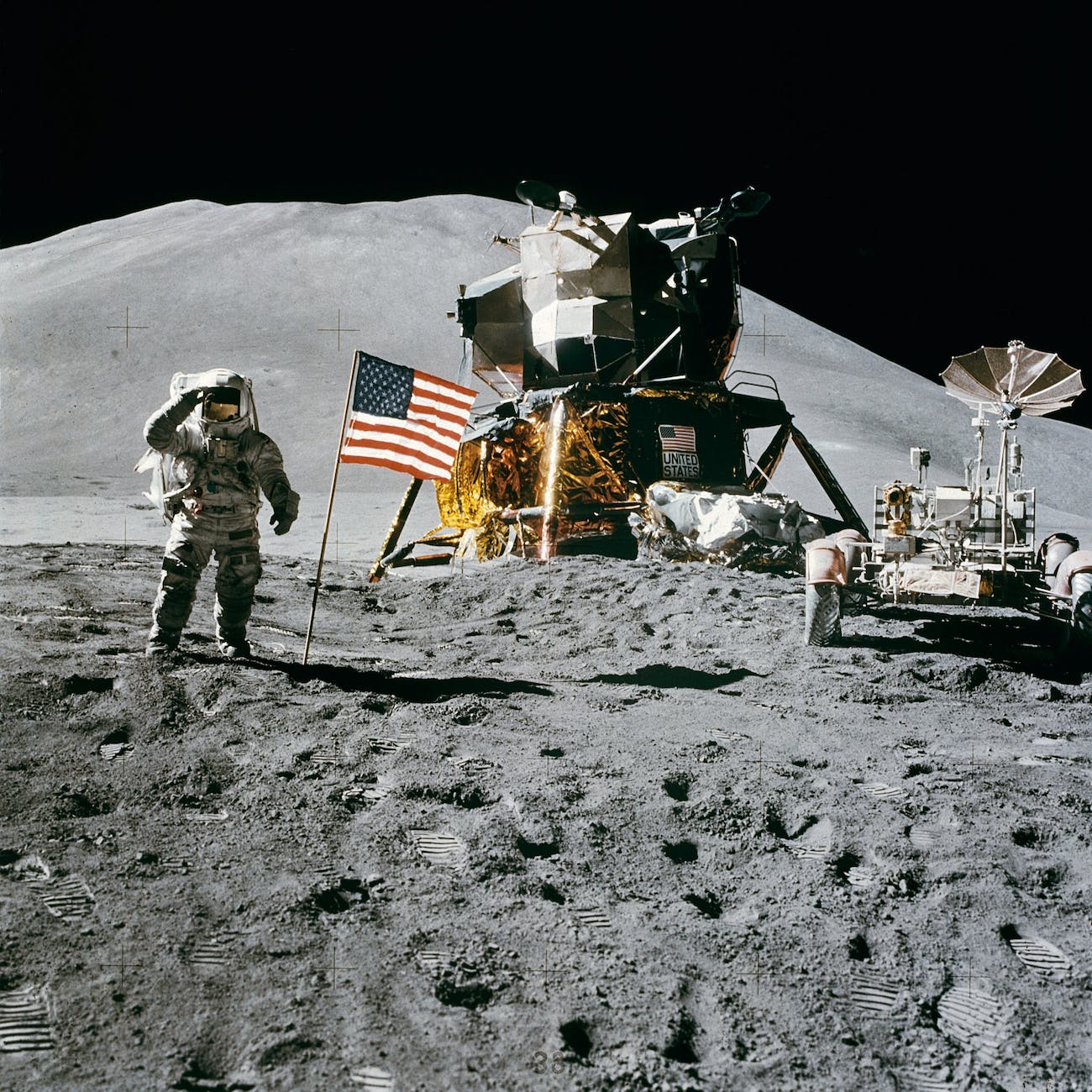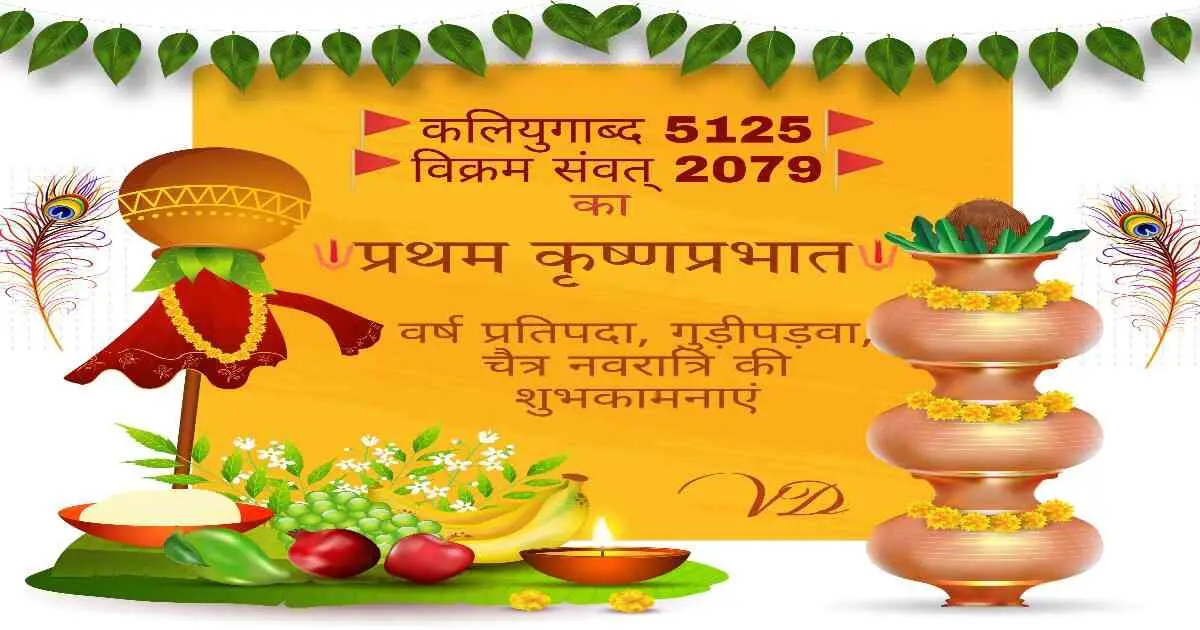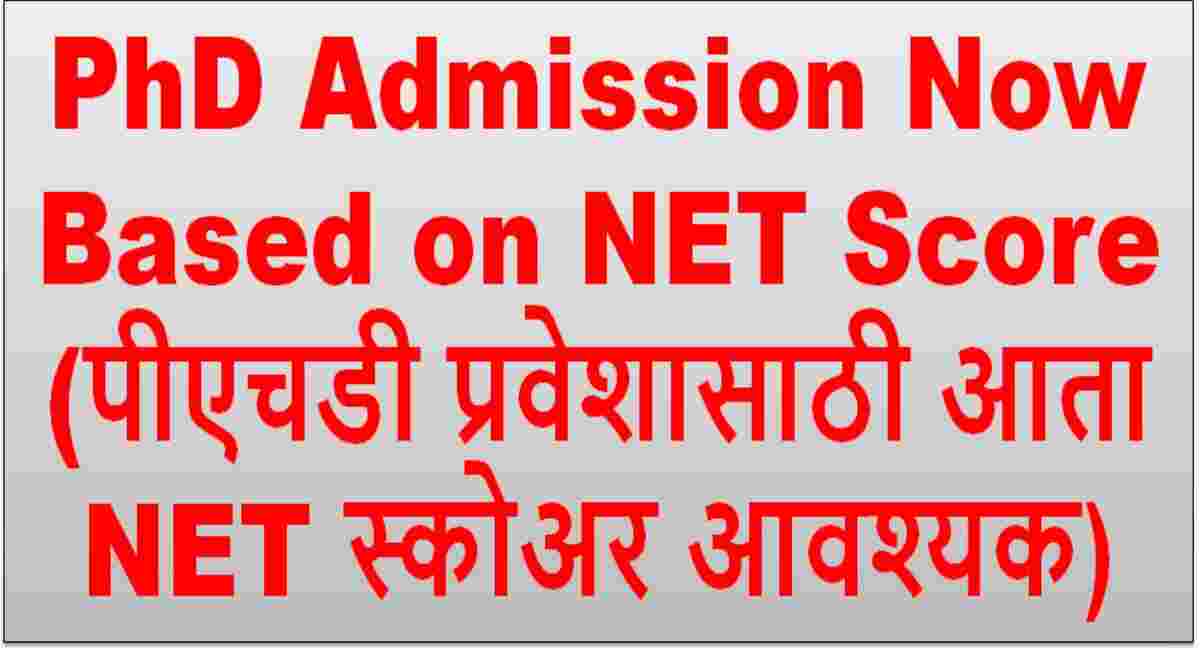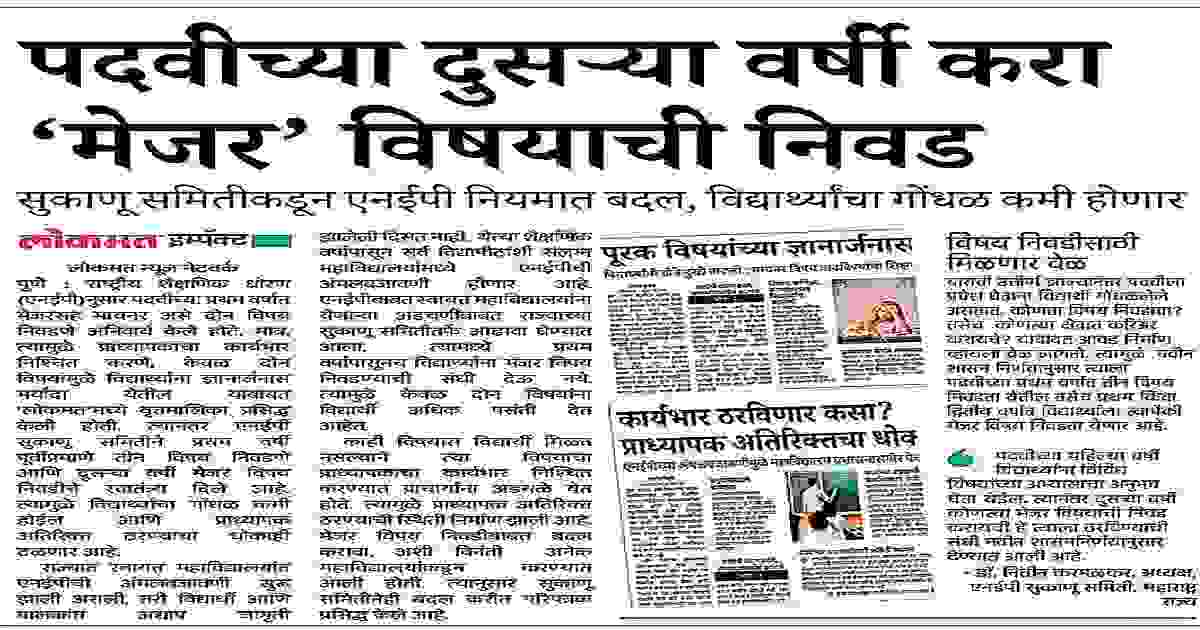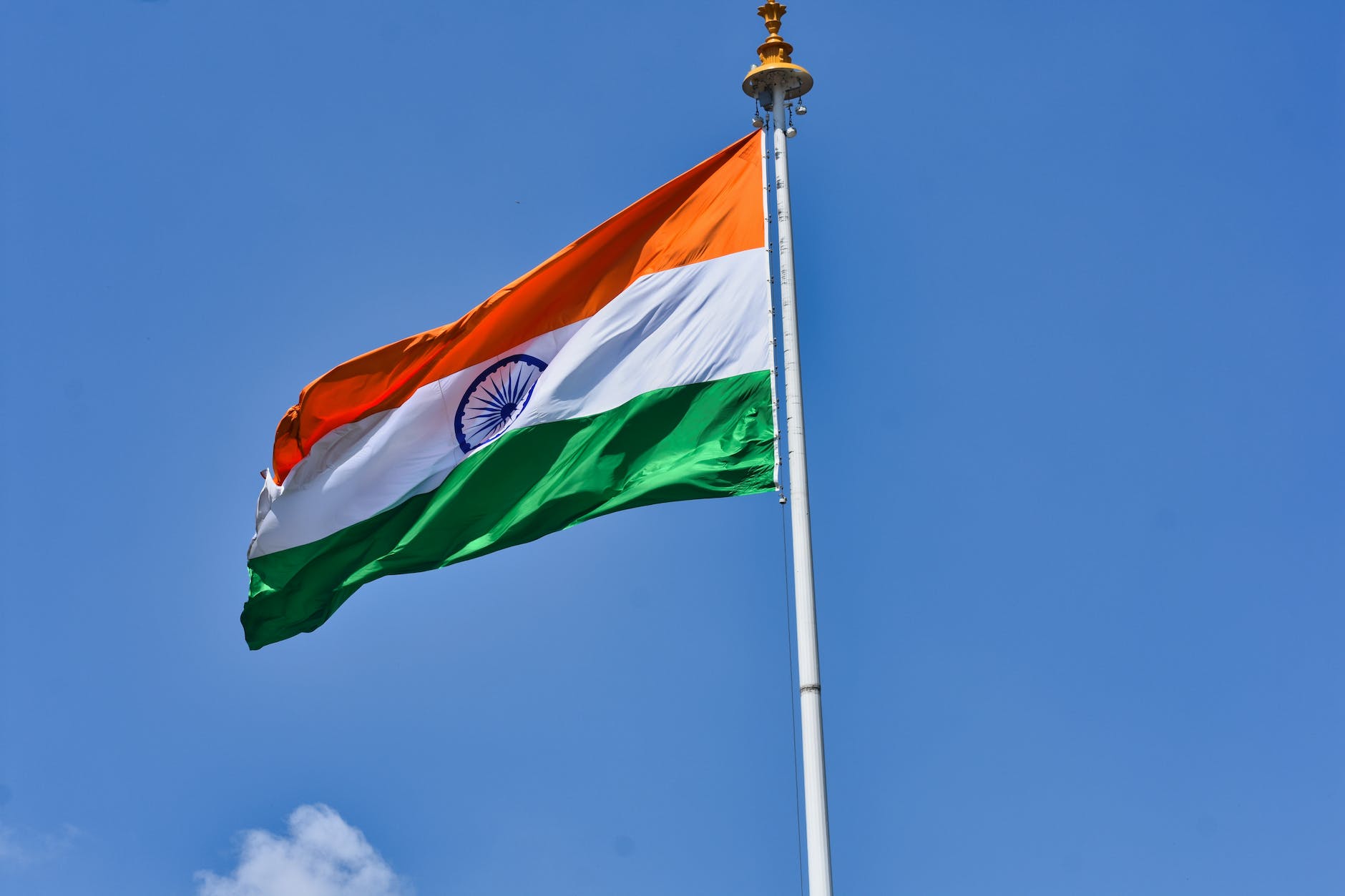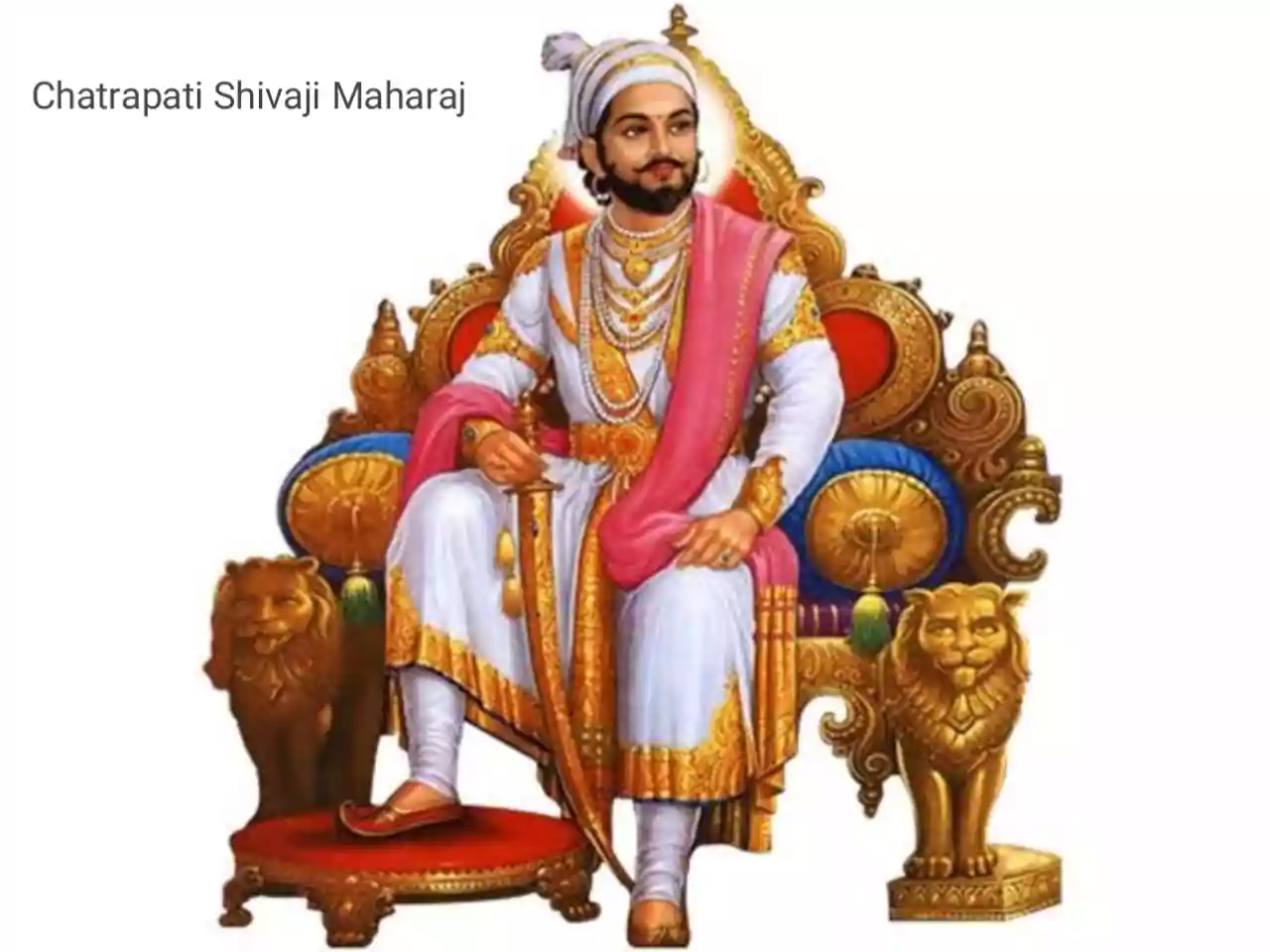Major Historical Events in India Since 1947: Since 1947, India has witnessed several major historical events that have shaped its journey as an independent nation.
Major Historical Events in India Since 1947
India’s journey since independence has been marked by significant political, social, economic, and military developments that have shaped its trajectory as a modern nation. The country has transformed from a newly independent nation recovering from colonial rule to becoming one of the world’s largest democracies and emerging economies. This timeline captures the pivotal moments that have defined India’s post-independence history, including constitutional developments, conflicts, economic reforms, technological advancements, and social changes.
The Independence and Partition Era (1947-1950)
On August 15, 1947, India gained independence from British colonial rule after nearly two centuries of foreign domination. This momentous occasion was accompanied by the painful partition of the subcontinent into India and Pakistan along religious lines, with Punjab and Bengal divided between the two nations13. The partition triggered massive population transfers between the newly formed countries, with an estimated one million migrations occurring between August and October 19471. Jawaharlal Nehru became independent India’s first Prime Minister, while Lord Mountbatten served as the first Governor-General of the Union of India12.
Integration of Princely States
The immediate post-independence period saw the complex integration of over 560 princely states into the Indian Union2. While most states joined India voluntarily, others required diplomatic or military intervention. Notable examples include Kashmir, where war broke out between Indian and Pakistani forces in October 19471, and Junagadh, which joined the Dominion of India in November 1947 despite its ruler’s attempts to accede to Pakistan1.
Assassination of Mahatma Gandhi
On January 30, 1948, Mahatma Gandhi, revered as the Father of the Nation, was assassinated by Nathuram Vinayak Godse in New Delhi3. Gandhi’s assassination was a profound national trauma that occurred just months after independence. Godse, a member of Hindu Mahasabha and former RSS member, reportedly objected to Gandhi’s accommodating stance toward Muslims during partition3. Gandhi’s funeral procession drew massive crowds, marking a solemn moment in the young nation’s history3.
Constitutional Development
The Constituent Assembly adopted a new constitution on November 26, 1949, after nearly three years of deliberation2. This groundbreaking document would come into effect on January 26, 1950, transforming the Dominion of India into the Republic of India and replacing the Government of India Act of 193523. This date has since been celebrated annually as Republic Day, marking one of the most significant milestones in post-independence India3.
Nation Building Years (1951-1970)
Democratic Foundations and Planning
The early years of the republic saw the implementation of crucial democratic institutions. In 1951, the First Amendment to the Constitution was passed, and India launched its First Five-Year Plan, establishing the framework for centralized economic planning2. The following year, 1952, witnessed India’s first general election, a monumental democratic exercise that established the template for future electoral processes2. The establishment of the Panchayati Raj system in the same year laid the groundwork for local self-governance2.
International Relations and Security
The mid-1950s marked India’s emergence on the global stage. In 1954, India and China signed the Panchsheel Treaty, establishing the Five Principles of Peaceful Coexistence2. However, bilateral relations deteriorated, culminating in the 1962 Sino-Indian War, which ended in a decisive victory for China2.
In the security domain, the Armed Forces (Special Powers) Act was passed in 1958, granting special authority to the armed forces in designated “disturbed areas”—legislation that would remain controversial for decades to come2.
Territorial Expansion and Banking Reform
The year 1961 saw India annex the Portuguese territories of Goa, Daman, and Diu, bringing to an end Portugal’s colonial presence on the subcontinent2. A significant economic development occurred in 1955 when the Imperial Bank of India was transformed into the State Bank of India, laying the foundation for the country’s banking system2.
Indo-Pakistan War and Language Policy
India and Pakistan fought their second major war in 1965, which ended in a stalemate with both sides claiming victory2. The conflict was followed by the Tashkent Conference in 1966, where both nations agreed to withdraw forces to pre-war positions2. Domestically, Hindi was declared the official language of India in 1965, a decision that would have far-reaching implications for national integration and regional identities2.
Economic Reforms
A major economic policy shift occurred in 1969 with the nationalization of 14 major banks, bringing the majority of banking assets under government control2. This move significantly expanded the government’s role in the financial sector and was aimed at using the banking system as a tool for socio-economic development.
Conflicts and Crises (1971-1990)
The Bangladesh Liberation War
The year 1971 marked another significant conflict with Pakistan, resulting in the liberation of East Pakistan and the creation of Bangladesh2. Following the decisive Indian victory, the Simla Agreement was signed on July 2, 1971, establishing the principles for bilateral relations between India and Pakistan2. This war significantly altered the geopolitical landscape of South Asia.
Nuclear Capability and Technological Advances
India demonstrated its technological capabilities by launching its first satellite, Aryabhatta, in 19752. More significantly, in 1974, India conducted its first nuclear test at Pokhran, code-named “Smiling Buddha,” establishing itself as a nuclear power2. These developments positioned India as an emerging technological force in the global arena.
Political Turbulence
The mid-1970s witnessed one of the most controversial periods in India’s democratic history when Prime Minister Indira Gandhi declared a state of emergency from 1975 to 1977, temporarily suspending various civil liberties2. This period saw restrictions on press freedom, mass sterilization programs, and imprisonment of political opponents.
The 1980s began with the implementation of the 20-point program, aimed at poverty alleviation and economic development2. However, the decade was marred by political violence, culminating in the assassination of Prime Minister Indira Gandhi in 1984 by her Sikh bodyguards following Operation Blue Star at the Golden Temple2.
Industrial Disaster and Financial Regulation
The Bhopal gas tragedy in 1984 resulted in one of the world’s worst industrial disasters when methyl isocyanate gas leaked from a Union Carbide pesticide plant, causing thousands of deaths and long-term health effects for survivors2. On the financial front, the Securities Exchange Board of India (SEBI) was established in 1988 to regulate the securities market and protect investor interests2.
Economic Reforms and Modern Challenges (1991-2010)
Liberalization of the Economy
The year 1991 marked a watershed moment in India’s economic history with the introduction of sweeping economic reforms under Finance Minister Manmohan Singh2. Facing a severe balance of payments crisis, India abandoned its socialist economic model, embracing liberalization, privatization, and globalization. These reforms included devaluation of the rupee, reduction in import tariffs, and opening various sectors to foreign investment2.
Kargil War and State Formation
The Kargil War of 1999 between India and Pakistan was fought primarily in the Kargil district of Kashmir and along the Line of Control (LOC)2. The conflict ended with a decisive victory for the Indian Armed Forces, who successfully recaptured strategic positions infiltrated by Pakistani soldiers and militants2.
The year 2000 saw the creation of three new states—Jharkhand, Chhattisgarh, and Uttaranchal (later renamed Uttarakhand)—carved out of Bihar, Madhya Pradesh, and Uttar Pradesh respectively2. This reorganization aimed to address demands for better governance and development in these regions.
Natural Disasters and Social Unrest
India faced significant humanitarian challenges in the early 2000s. A devastating earthquake struck Gujarat in 2001, causing massive casualties and widespread destruction2. The following year, communal violence erupted in Gujarat, resulting in significant loss of life and property2. In 2004, a massive tsunami caused extensive devastation along India’s southern and eastern coasts, claiming thousands of lives2.
International Relations and Space Exploration
On the international front, India launched an application for a permanent seat on the UN Security Council in 2004, reflecting its growing aspirations for greater global recognition2. In 2006, India and the United States signed a landmark nuclear agreement, ending India’s nuclear isolation and recognizing it as a responsible nuclear power2.
India’s space program achieved significant milestones with the launch of Chandrayaan-1, the country’s first lunar probe, in 20082. This mission marked India’s entry into the elite group of nations with extraterrestrial exploration capabilities.
Contemporary India (2011-2025)
Space and Diplomatic Achievements
India continued to advance its space program with the Mars Orbiter Mission (Mangalyaan) in 2013, becoming the first Asian nation to reach Mars orbit and the first country worldwide to succeed in its maiden attempt2. In the diplomatic arena, India and Bangladesh signed a historic land boundary agreement in 2015, settling longstanding border disputes2. The same year saw the launch of Astrosat, India’s first space laboratory dedicated to astronomical observations2.
Defense Modernization and Economic Reforms
India signed a deal with France in 2016 to purchase 36 Rafale fighter jets as part of its military modernization efforts2. In the same year, India became a member of the Missile Technology Control Regime (MTCR), enhancing its credentials as a responsible stakeholder in international non-proliferation efforts2.
A significant economic reform came in 2017 with the implementation of the Goods and Services Tax (GST), which unified India’s fragmented tax structure into a single nationwide tax system2. This reform represented one of the most comprehensive tax policy changes in independent India’s history.
Natural Disasters and Constitutional Changes
In 2018, Kerala experienced its worst flood in a century, causing extensive damage and displacing hundreds of thousands of people2. The following year, the government made a historic constitutional change by abrogating Articles 370 and 35A, which had granted special status to the state of Jammu and Kashmir2. This decision fundamentally altered the relationship between the central government and the region.
Pandemic Response
The COVID-19 pandemic reached India in early 2020, prompting the government to announce a nationwide lockdown on March 25, 2020, affecting 1.3 billion people2. This unprecedented measure was taken following the World Health Organization’s declaration of COVID-19 as a global pandemic and represented one of the most extensive lockdowns implemented anywhere in the world2.
Conclusion
India’s journey since independence has been characterized by remarkable resilience and transformation. From the traumas of partition to becoming one of the world’s fastest-growing economies, the nation has navigated complex challenges while maintaining its democratic foundations. The country has experienced wars, political assassinations, economic reforms, technological achievements, and social upheavals—all contributing to its evolving national identity.
As India continues its journey beyond 75 years of independence, these historical milestones serve as important reference points for understanding the nation’s complex trajectory. The events since 1947 have shaped not only India’s domestic landscape but also its role in the international community, establishing the foundation for its emergence as a significant global player in the 21st century.# Major Historical Events in India Since 1947
India’s journey since independence has been marked by significant political, social, economic, and military developments that have shaped its trajectory as a modern nation. The country has transformed from a newly independent nation recovering from colonial rule to becoming one of the world’s largest democracies and emerging economies. This timeline captures the pivotal moments that have defined India’s post-independence history, including constitutional developments, conflicts, economic reforms, technological advancements, and social changes.
India’s journey as an independent nation since 1947 has been marked by significant milestones in its political, social, and economic development. Below is a timeline of major historical events in bullet form:
1940s
- 1947: India gained independence from British rule on August 15, accompanied by the Partition, which led to massive violence and displacement. Jawaharlal Nehru became the first Prime Minister, and Vallabhbhai Patel oversaw the integration of princely states137.
- 1948: Mahatma Gandhi was assassinated by Nathuram Godse. The first Indo-Pak war over Kashmir began34.
1950s
- 1950: India became a Republic on January 26, with the adoption of its Constitution46.
- 1951: The First Five-Year Plan was launched to boost economic development3.
- 1952: India held its first general elections, establishing itself as a democratic nation4.
- 1956: The States Reorganisation Act was passed, reorganizing states on linguistic lines4.
1960s
- 961: Indian troops annexed Goa, Daman, and Diu from Portuguese control4.
- 1962: India fought a war with China over border disputes, resulting in territorial losses47.
- 1965: The second Indo-Pak war occurred over Kashmir4.
- 1969: Major banks were nationalized under Indira Gandhi’s leadership4.
1970s
- 1971: India played a pivotal role in the Bangladesh Liberation War, leading to the creation of Bangladesh. The Simla Agreement was signed afterward47.
- 1974: India conducted its first nuclear test at Pokhran4.
- 1975: Sikkim merged with India and became its 22nd state. The Emergency was imposed by Indira Gandhi, curbing civil liberties7.
1980s
- 1984: Operation Blue Star was carried out to remove militants from the Golden Temple. Later that year, Prime Minister Indira Gandhi was assassinated, leading to anti-Sikh riots7.
- 1987: Goa became a state of India7.
1990s
- 1991: Economic liberalization began under Prime Minister P.V. Narasimha Rao and Finance Minister Manmohan Singh, opening up India’s economy to global markets67.
- 1992: The Babri Masjid demolition led to widespread communal violence7.
- 1999: The Kargil War between India and Pakistan over territorial disputes in Kashmir took place4.
2000s
- 2000: Three new states—Jharkhand, Chhattisgarh, and Uttarakhand—were created4.
- 2008: Chandrayaan-1, India’s first lunar mission, discovered water molecules on the moon6.
- 2008: The Mumbai terror attacks occurred, claiming hundreds of lives and highlighting security challenges7.
2010s
- 2013: India launched its Mars Orbiter Mission (Mangalyaan), becoming the first Asian nation to reach Mars orbit6.
- 2014: Narendra Modi became Prime Minister, marking a significant political shift.
- 2019: Article 370 was abrogated, revoking Jammu and Kashmir’s special status7.
2020s
- India’s handling of the COVID-19 pandemic and vaccination drive has been globally recognized. Additionally, advancements in space exploration and technology continue to define its progress.
These events reflect India’s evolution from a newly independent nation to a global power with significant achievements in democracy, economy, and geopolitics.


